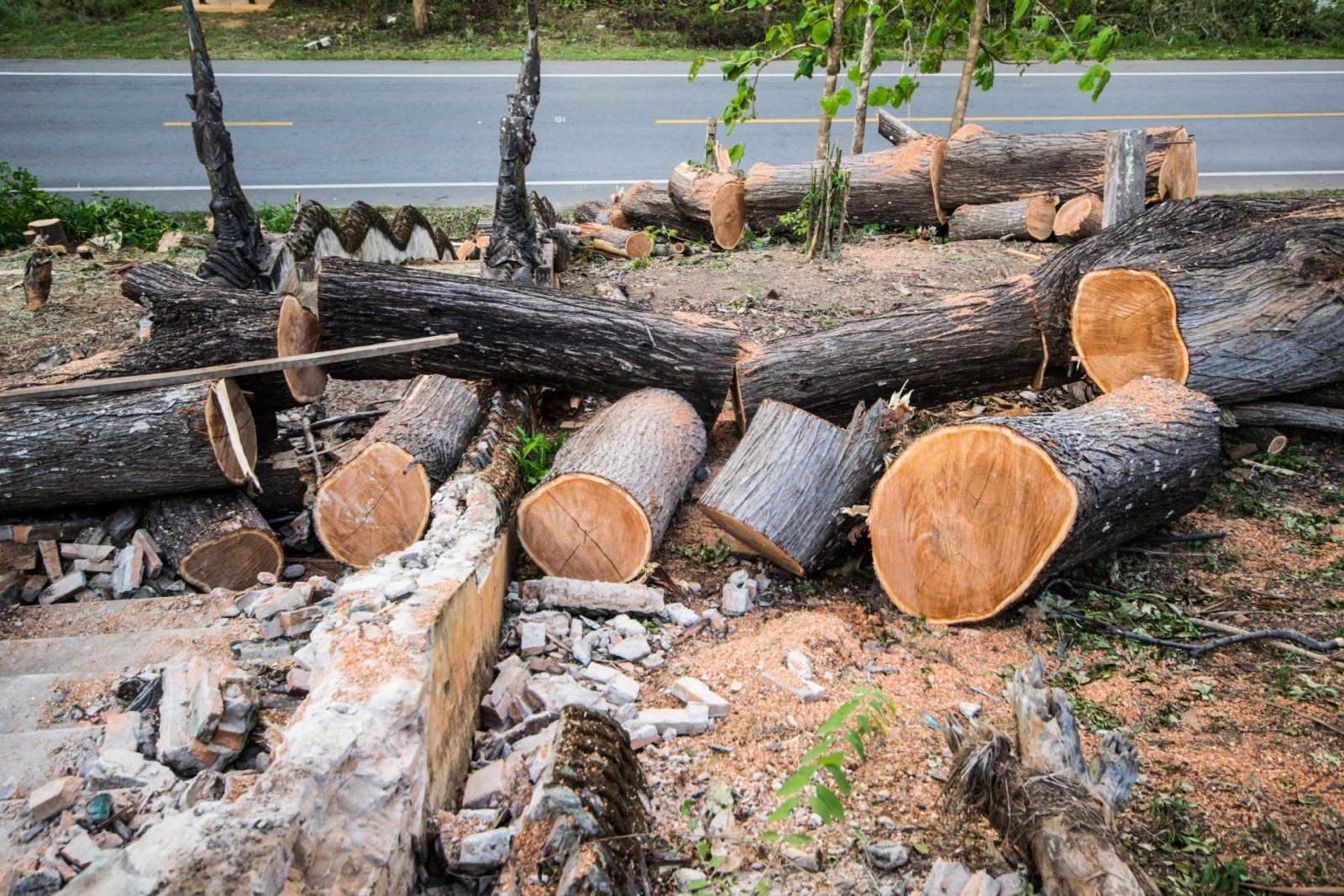Looking for Tree services expert to remove trees in Wattle Grove? We are a full-service gardening company specializing in tree services such as tree trimming, tree cutting, and tree removal. All Green Gardening and Landscaping has been recommended as one of the best tree services near you.
Removing a tree can be a big job. Especially when you consider the local council rules and approval. However, the tree removal services provided by us are hassle-free. With our company, you are sure to experience one of the best tree cutting experiences every. With over 15 years of experience in this field, we have always focused on attention to detail ad keeping the customers happy. Contact us today for a free quote.






